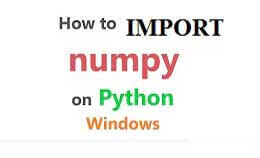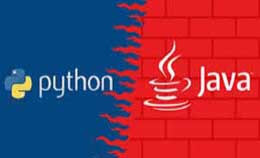Pandas replace specific values in column
Learn Pandas replace specific values in column with example. Pandas dataframe. Python is grate language doing data analysis, because of the good ecosystem of python package. Pandas are one of the packages and will make importing and analyzing data much easily. Pandas dataframe.replace function is used to replace the string, list, etc from a dataframe. It is rich function as it has many variations. The function can work on python.regex i.e. regular expression.
Syntax:-
DataFrame.replace(to_replace=None, value=None, inplace=False, limit=None, regex=False,
Parameters:-
to_replace : [str, regex, list, dict, Series, numeric, or None] pattern that we are trying to replace in dataframe.
value: Value to use to fill holes (e.g. 0), alternately a dict of values specifying which value to use for each column (columns not in the dict will not be filled). Regular expressions, strings and lists or dicts of such objects are also allowed.
inplace : If True, in place. Note: this will modify any other views on this object (e.g. a column from a DataFrame). Returns the caller if this is True.
limit: Maximum size gap to forward or backward fill
regex : Whether to interpret to_replace and/or value as regular expressions. If this is True then to_replace must be a string. Otherwise, to_replace must be None because this parameter will be interpreted as a regular expression or a list, dict, or array of regular expressions.
method: Method to use when for replacement, when to_replace is a list.
Returns: filled : NDFrame
method=’pad’, axis=None)
Example:-
Replace the Nan value in the data frame with -99999 values.
#import pandas as pd
#making dataframe from the csv files
df=pd.read_csv(“nba.csv”)
#will replace Nan value in dataframe with value-
99999
df.replace(to_replce=np.nan,value=-99999)
Output:-

All the Nan value in the data frame has been replaced by -99999.
For practical purposes we should be careful with what value we are replacing nan value.























